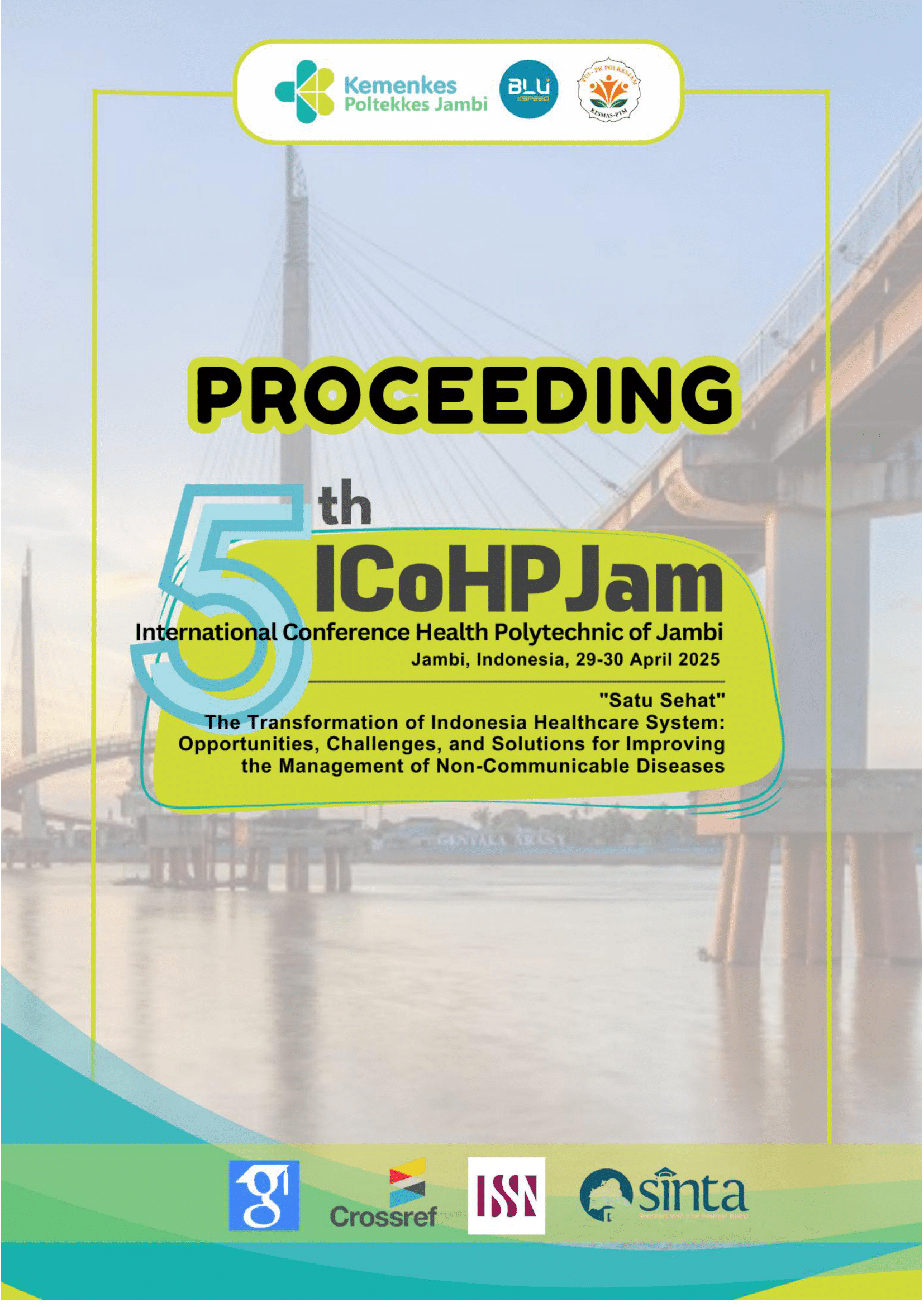Analysis of Factors Associated with The Incidence of Stunting Among Toddlers in Maro Sebo District a Strategy to Accelerate Stunting Prevention Using The Hope (Humanity, Love, People Power) Approach
Abstract
Background: Stunting is a condition of impaired growth resulting from chronic malnutrition and recurrent infections, which can hinder children's physical development and increase their risk of disease. This study aims to identify the factors contributing to stunting among toddlers at the Jambi Kecil Health Center, Muaro Jambi Regency.
Methods: This research is a quantitative analytical study with a case-control design, conducted in Maro Sebo District to analyze the factors influencing stunting among toddlers. The sample consisted of 136 toddlers, comprising 68 cases and 68 controls, selected through purposive sampling. Data were analyzed using the Chi-square test, or Fisher’s exact test when the assumptions of the Chi-square test were not met.
Results and Discussion: The study found that stunting was more prevalent among toddlers who did not receive exclusive breastfeeding (63.8%), were born with low birth weight (62.3%), frequently experienced illness (67.3%), were malnourished (91.7%), had parents with low educational attainment (58.0%), and came from families with low economic status (59.8%). All of these factors were significantly associated with the incidence of stunting in the service area of the Jambi Kecil Health Center.
Conclusion: Stunting among toddlers in the Jambi Kecil Health Center area is influenced by the lack of exclusive breastfeeding, low birth weight, frequent illness, inadequate nutritional intake, low parental education, and poor socio-economic conditions. These findings are expected to serve as a reference for the Health Center in developing strategies to address stunting and to strengthen cross-sector collaboration.



